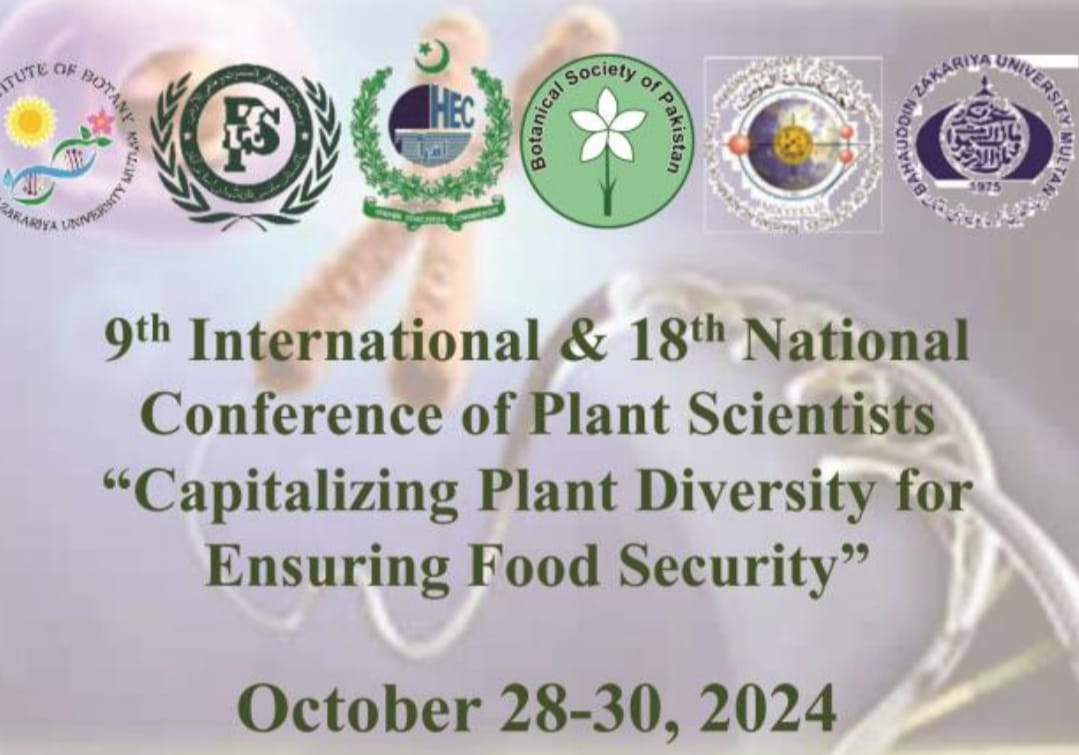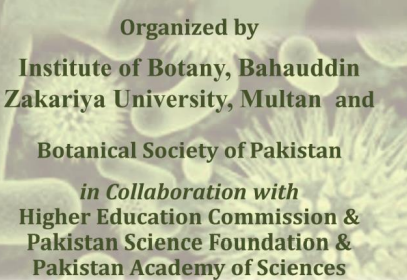
PJB-2017-211
EFFECT OF PROLONGED PHOTOPERIOD ON MORPHOLOGY, BIOMASS ACCUMULATION AND NUTRIENT UTILIZATION IN POST- TRANSPLANT TAXUS CUSPIDATA SEEDLINGS
YAN ZHAO, ZI WANG, HONGXU WEI, YAJING BAO AND PENG GUO
Abstract
Both threats and interest are the reasons for studying conservation and restoration programs of yew species. The seedling growth rate of slowly-growing species has been found to accelerate under prolonged photoperiod relative to that under the natural one, but the illumination effect has rarely been identified on yew species especially at their post-transplant stage. In the present study, one-year-old Taxus cuspidata seedlings were fed with exponential fertilization at the rate of 80 mg N/seedling under the prolonged photoperiod (18 h per day) with natural photoperiod (10.5 h per day) as the control in Northeast China. In the subsequent spring, seedlings were sampled to identify their post-transplant responses. Compared to the natural photoperiod, prolonged photoperiod increased seedling height, RCD, root length, and number of FOLR by 70% (p<0.0001), 30% (p=0.0037), 31% (p=0.0128), and 76% (P=0.0002), respectively. In addition, prolonged photoperiod increased dry mass in new shoot, old shoot, and root by 140%, 200%, and 153% (all P values <0.0001), respectively. In response to prolonged photoperiod, whole-plant nitrogen (N) and phosphorus (P) contents and utilizaitons decreased with the decline of N concentration in new shoot and P concentration in annual organ, respectively. Our results indicated that prolonged photoperiod did not promote, but stimulated, growth and biomass accumulation of transplanted T. cuspidata seedlings due to inherent decline of nutrient utilization for new growth.
To Cite this article:
Download PDF


